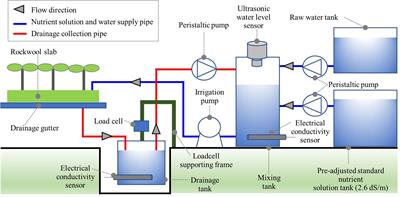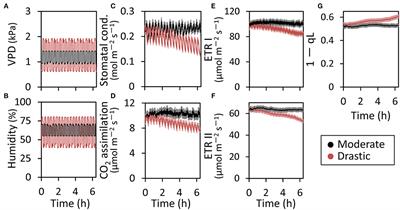EDITORIAL
Published on 14 Mar 2022
Editorial: Nutrients Recycling in Hydroponics: Opportunities and Challenges Toward Sustainable Crop Production Under Controlled Environment Agriculture
doi 10.3389/fpls.2022.845472
- 6,857 views
- 11 citations
23k
Total downloads
136k
Total views and downloads
EDITORIAL
Published on 14 Mar 2022
ORIGINAL RESEARCH
Published on 30 Jun 2021

ORIGINAL RESEARCH
Published on 23 Jun 2021

ORIGINAL RESEARCH
Published on 17 Jun 2021

ORIGINAL RESEARCH
Published on 14 Jun 2021

HYPOTHESIS AND THEORY
Published on 04 Jun 2021

ORIGINAL RESEARCH
Published on 24 May 2021

ORIGINAL RESEARCH
Published on 30 Apr 2021

ORIGINAL RESEARCH
Published on 01 Apr 2021

ORIGINAL RESEARCH
Published on 22 Mar 2021

ORIGINAL RESEARCH
Published on 23 Feb 2021

ORIGINAL RESEARCH
Published on 22 Dec 2020
